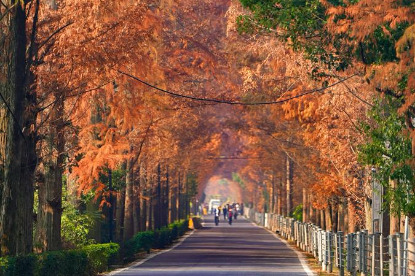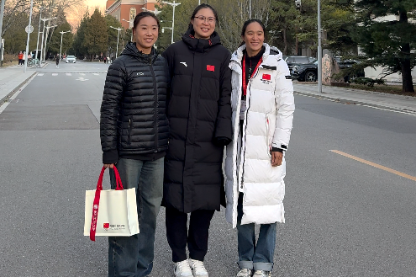Historic tree, agritourism, crafts boost quake-hit Sichuan villages

Villages hit hard during the 2008 magnitude 8 earthquake in Southwest China’s Sichuan province find ways to recover from the disaster and improve local lives by developing the rural economy.

Rural tourism centered on historic tree
Hongdou village is one of the areas bouncing back through development, as 90 percent of it was ruined in the powerful earthquake on May 12, 2008. The village is located at Shigu town in Shifang city, which took a direct economic loss of 88.9 billion yuan ($20 billion) and was one of 10 cities with the most severe destruction resulting from the disaster.
The village gets its name from a venerable Ormosia hosiei, a tree known in Chinese as the hongdou, which has grown there for more than 1,200 years. It’s worth noting that in the ancient Chinese tradition, the red beans produced as fruit by Ormosia hosiei trees were often exchanged between lovers to show how much they missed each other.
Based on the historic and romantic tree, the village has begun to develop wedding-related tourism as part of its recovery.
In September 2010, the village witnessed a group wedding of 99 pairs of newlyweds. Some participants reportedly felt it was meaningful to get married in front of the over 1,000-year-old tree.
"At present, there is a wedding photography base in the village. And four households in the village run wedding planning companies. Besides, there are also some restaurants," said Sun Xiaoyun, deputy Party Secretary of Shigu town.
Sun said: "The village’s annual per capita income was 17,231 yuan in 2016."
- Doctor injects child with improperly stored drug at Chongqing hospital
- Xi's special envoy attends forum dedicated to Intl Year of Peace and Trust in Turkmenistan
- Memorial ceremony remembers victims of Nanjing Massacre
- Louvre's largest showcase in China goes on display at Museum of Art Pudong in Shanghai
- Indonesian foundation to fund students, school administrators to exchange and study in Tianjin
- Archives detailing crimes of Japanese unit released




































